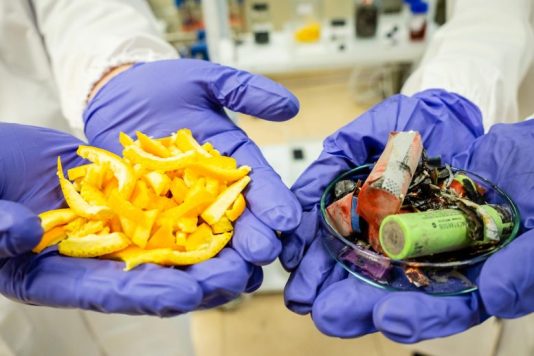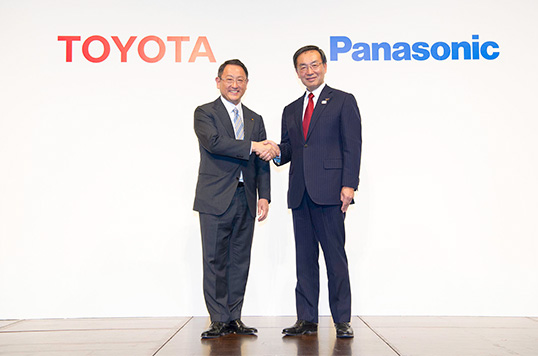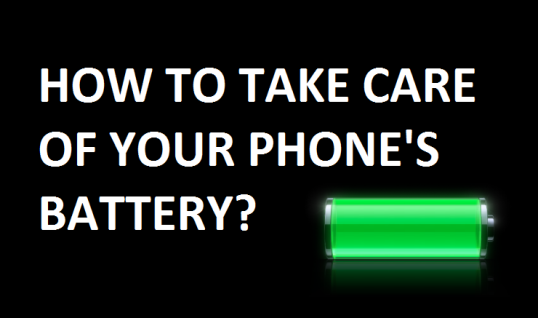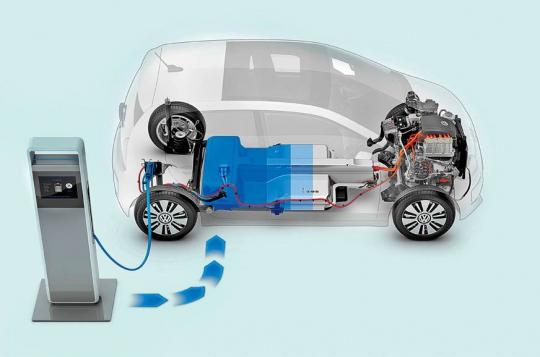
Fruit Peel to Turn Old Lithium-Ion Batteries Into New
"The scientists say that their waste-to-resource approach tackles both food waste and electronics waste."
Scientists led by Nanyang Technological University, Singapore (NTU Singapore) have developed a novel method of using fruit peel waste to extract and reuse precious metals from spent lithium-ion batteries in order to create new batteries.

A team of scientists led by NTU has developed a novel method of using fruit peel waste to extract and reuse precious metals from spent lithium-ion batteries in order to create new batteries. L-R: Asst Prof Dalton Tay, Prof Madhavi Srinivasan. Credit: NTU Singapore
The team demonstrated their concept using orange peel, which recovered precious metals from battery waste efficiently. They then made functional batteries from these recovered metals, creating minimal waste in the process.
The scientists say that their waste-to-resource approach tackles both food waste and electronics waste, supporting the development of a circular economy with zero waste, in which resources are kept in use for as long as possible. An estimated 1.3 billion tonnes of food waste and 50 million tonnes of e-waste are generated globally each year.
Professor Madhavi Srinivasan, co-director of the NTU Singapore-CEA Alliance for Research in Circular Economy (NTU SCARCE) lab, said: “Current industrial recycling processes of e-waste are energy-intensive and emit harmful pollutants and liquid waste, pointing to an urgent need for eco-friendly methods as the amount of e-waste grows. Our team has demonstrated that it is possible to do so with biodegradable substances.
“These findings build on our existing body of work at SCARCE under NTU’s Energy Research Institute (ERI@N). The SCARCE lab was set up to develop greener ways of recycling e-waste. It is also part of the NTU Smart Campus initiative, which aims to develop technologically advanced solutions for a sustainable future.”
Assistant Professor Dalton Tay of the NTU School of Materials Science and Engineering and School of Biological Sciences said: “In Singapore, a resource-scarce country, this process of urban mining to extract valuable metals from all kinds of discarded electronics becomes very important. With this method, we not only tackle the problem of resource depletion by keeping these precious metals in use as much as possible but also the problem of e-waste and food waste accumulation – both a growing global crisis.”
The findings were published in the scientific journal Environmental Science & Technology in July.
Also Read:
NEPAL TELECOMMUNICATIONS AUTHORITY (NTA) FRAMES BYELAW FOR CYBER SECURITY
NATIONAL STRATEGY FOR E-COMMERCE APPROVED BY THE GOVERNMENT
TRIBHUVAN UNIVERSITY EXERCISES SUBSIDIZED LEARNING DATA PACKS
TESLA NEVADA FACTORY WAS TARGET OF 'SERIOUS' CYBERATTACK
NEW UPCOMING ELECTRIC CARS IN NEPAL 2020 | PRICE, SPECS
HOW FEASIBLE ARE ELECTRIC VEHICLES IN NEPAL?
FORD MUSTANG EARNS WORLD’S BEST-SELLING SPORTS CAR TITLE | REVIEWS NEPAL













